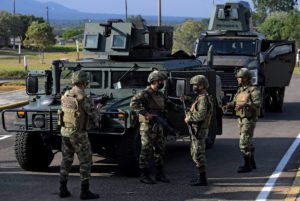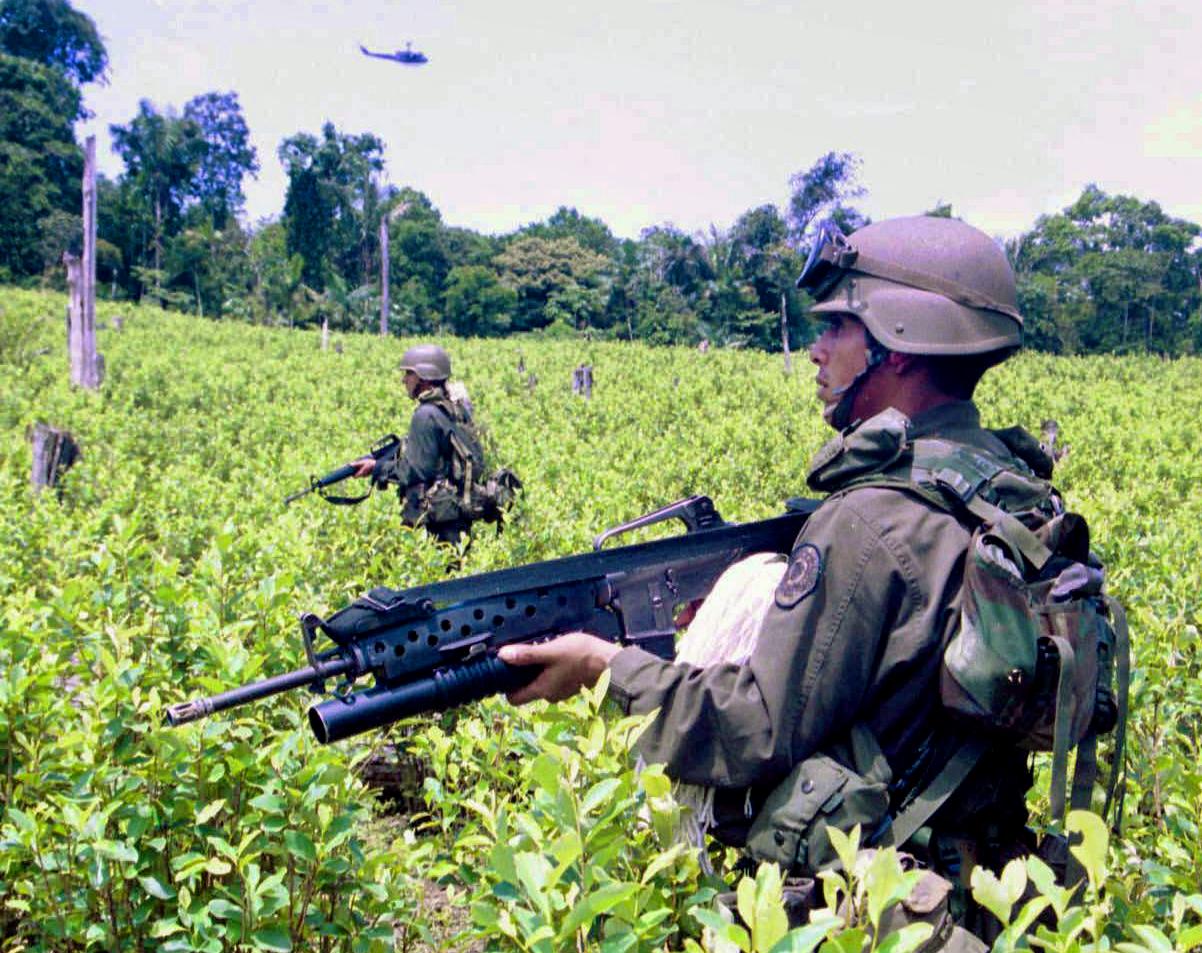An alliance between Colombian criminal groups and the Venezuelan military is turning Venezuela into an emerging cocaine producer.
The country is no longer just a transit point for the drug, InSight Crime, an organization that studies organized crime in Latin America and the Caribbean, said in its May 2022 report The Cocaine Revolution in Venezuela. Coca cultivation and processing enclaves have been detected in the states of Amazonas, Apure, and Zulia.
“Historically, we had three routes for narcotrafficking through Apure: by river, via the Arauca-Capanaparo; by air from Guasdualito and other towns; and by land,” Walter Márquez, a former Venezuelan representative and current president of the human rights nongovernmental organization (NGO) Fundación El Amparo, told Diálogo. “On the land route, they’ve used official vehicles to transport arms, drugs, and guerrillas.”

Several factors have come into play to bring about this change, says Jeremy McDermott, director of InSight Crime. Chief among those, the economic collapse that the corrupt and poor management of the Nicolás Maduro regime caused, a situation exacerbated by the COVID-19 pandemic. At this time, the Maduro regime is “desperate to get foreign currencies” by controlling various illegal markets, including drug production and trafficking, McDermott said.
For operations in border states, the Venezuelan regime relies on dissidents of the Revolutionary Armed Forces of Colombia (FARC), specifically the group known as Nueva Marquetalia, and in other places the regime also takes advantage of the presence of the National Liberation Army (ELN), the report indicates. “Colombian guerrillas sheltering in the states along the border with Colombia are his trusted narcotrafficking partners. They are experts in cocaine production,” McDermott added.
In this process, the guerrillas themselves have encouraged the farming of coca crops in Venezuelan territory, especially to the Catatumbo region, south of Lake Maracaibo, but also in the Paez municipality of Apure state, and areas south of Puerto Ayacucho, capital of Amazonas, the report says.
In Zulia, the ELN controls the coca crops and its production into cocaine hydrochloride, McDermott said. But in other states, the situation varies.
“In Apure, the Venezuelan military joined forces with the ELN and Nueva Marquetalia, against FARC dissidents under Gentil Duarte,” said Márquez. “[The actions] are against Gentil Duarte’s group, but so far the FARC [dissidents] are still here. Iván Márquez [Nueva Marquetalia] has not achieved total control, and this is why the conflict continues.”
“The alliance between [the Venezuelan military] and the ELN guerrillas is driving the Gentil Duarte’s group to move from Apure state to the Amazonas-Vichada center. There they are believed to be operating with impunity,” Alberto Ray, director of the Florida-based emerging risk analysis NGO Risk Awareness Council, told Diálogo. “It’s a very intricate jungle area where they have vast experience. From there, they manage river routes for the transfer of drugs, which allows them to exit to the Orinoco Delta.”
In a May 25 press conference, Colombian Defense Minister Diego Molano said that, according to Colombian intelligence, Miguel Botache Santillana, alias Gentil Duarte, had died in early May in Zulia state, Venezuela “in a confrontation among themselves, among these narcotrafficking and terrorist groups […],” Molano said. Gentil Duarte was Colombia’s most wanted man for whom authorities offered a reward of up to $1 million for information leading to his arrest. “This is further proof […] that the Maduro regime protects terrorist groups and narcotraffickers on its soil and does not fight them,” the minister added.
Drugs and violence
In the immediate future, according to Márquez, the groups at war will try by all means to consolidate their positions, for which new outbreaks of violence in the border area between Apure and Arauca are foreseen.
Meanwhile, according to McDermott, Venezuela “runs the risk of becoming the fourth cocaine producer worldwide,” after Colombia, Peru, and Bolivia.









